Last updated on July 16th, 2024 at 03:40 am
Westerns are historically an immensely popular genre that has persisted for the entire history of film production. They were quite popular during the silent film era before reaching their zenith during “the Golden Age of Westerns” between the 1940s and 1960s.
Spaghetti Westerns took over in the 1970s and the genre saw a resurrection during the 1990s again. Across a century of film, there has been a wide variety of Western productions; some took liberty’s with historical accuracy in favor in spectacle, while some invested their time and effort in producing historically accurate works.
Let’s take a look at five of the most historically accurate films from the long history of Western film which are also critically acclaimed.
The Covered Wagon (1923)
“The Covered Wagon” is hailed for its historical accuracy due to meticulous attention to detail in depicting the journey of pioneers along the Oregon Trail.
The film showcases authentic wagons, costumes, and settings, providing viewers with a realistic portrayal of frontier life in the 19th century as it follows the journey of two caravans across the American West, from Kansas to Oregon, so that the main characters can start a new life.
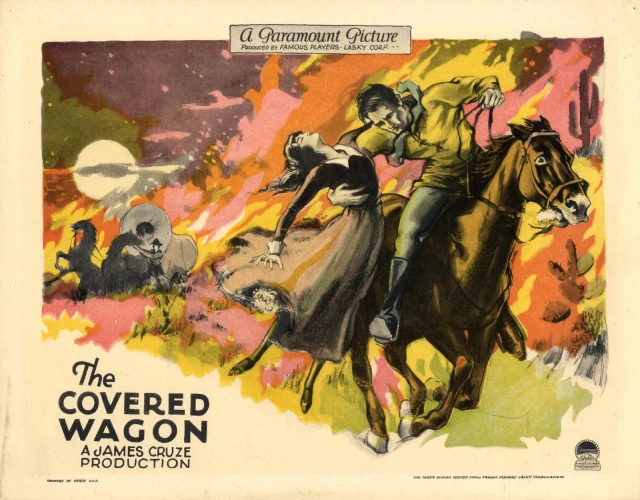
Being shot only decades after the end of the classical Wild West period, the filmmakers were able to consult both historical sources and eyewitness accounts, ensuring that the challenges and hardships faced by settlers during westward expansion are portrayed realistically.
Although the film is shot in black and white and is a silent film, it remains one of the most accurate Western films in history, outshining many other modern Westerns with larger budgets.
The Iron Horse (1924)
“The Iron Horse” is renowned for its depiction of the construction of the first transcontinental railroad in the United States.
Directed by John Ford, the film meticulously recreates the challenges faced by laborers, engineers, and settlers during the monumental undertaking, from the backbreaking manual labor required to lay rail to the shady backdoor deals that went into developing the rail lines to the strikes that ensured laborers were treated fairly.
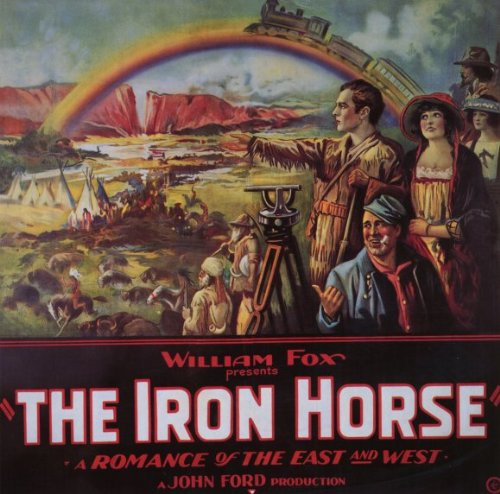
The most significant contribution of the film is how it accurately depicts the struggles of the immigrant and Black workers in a way many historical accounts ignore.
These men built the railroad with their hard labor and Ford highlights their contributions in the film, making their struggles central to the film’s plot. Ford also had a locomotive built specifically for the movie to amplify the production’s realism, placing this film at the forefront of set production during the period.
Cimarron (1931)
“Cimarron” is widely lauded for its historically accurate portrayal of the Oklahoma Land Rush of 1889.
This land rush was when the United States offered land grants to settlers from portions of Oklahoma that had previously been designated to the Creek and Seminole, who had been forced to relocate from their ancestral lands during the early 19th century.
Based on the Pulitzer Prize-winning novel by Edna Ferber, the film meticulously recreates the frenzied atmosphere of the land rush, portraying the struggles and aspirations of settlers seeking new opportunities in the American West.
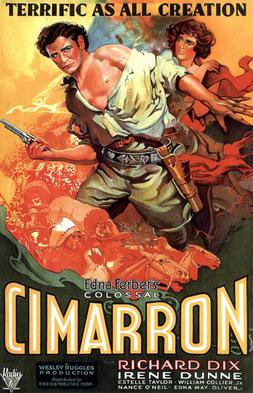
The movie’s attention to detail in depicting the era’s costumes, settings, and historical events lends to its authenticity, including the construction of an entire town that remains the largest in Western film history.
Although it is little known today and has been criticized for its pacing and racist content in modern reviews, it stands as a movie that captures the mania of the Oklahoma land rush accurately and is an Academy Award winner for Best Picture.
Geronimo: An American Legend (1993)
“Geronimo: An American Legend” is acclaimed for its historical accuracy in portraying the life of the Apache leader Geronimo, who is one of the most commonly portrayed Natives in film history.
Directed by Walter Hill, the film meticulously demonstrates Geronimo’s resistance against American expansionism in the late 19th century, which although it ultimately failed was admirable and hard-fought.
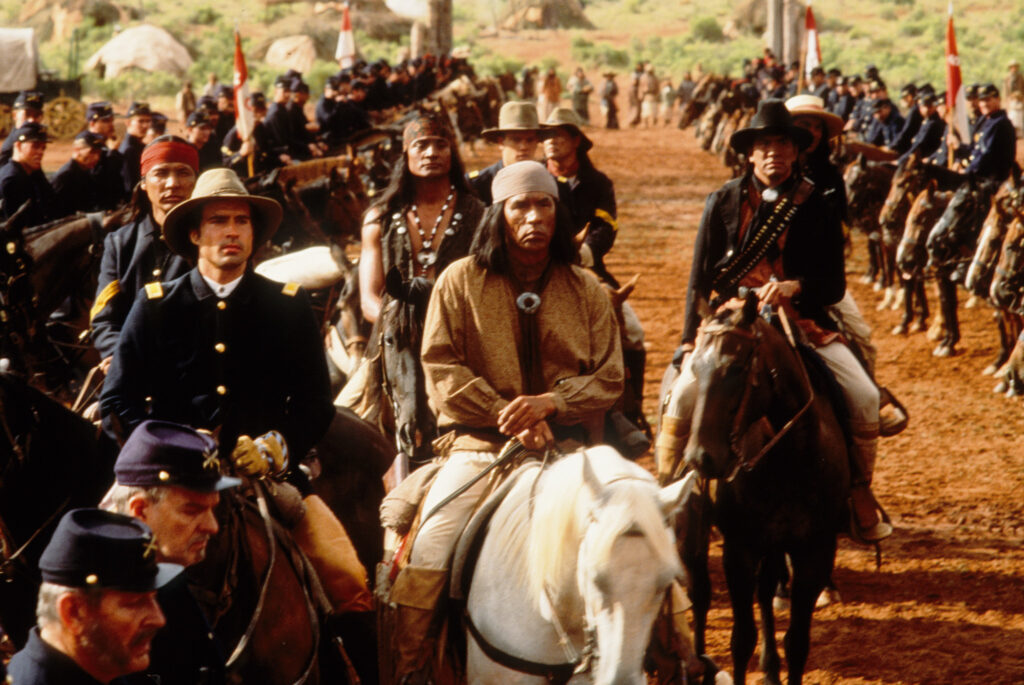
The costume designer for the film produced the most accurate clothing and uniforms from the period that Westerns had seen in decades, both for the United States Army and the Apache warriors.
Meanwhile, the reenactment coordinator ensured that the troops knew their drills and that their weapons were as accurate as possible, lending credibility to the battle sequences. The result was a film that offered viewers a chance to almost look through a window into the past.
The Alamo (2004)
“The Alamo” strives for historical accuracy in its depiction of the legendary battle for Texas independence known by all. Directed by John Lee Hancock, the film meticulously recreates the events leading up to and during the siege of the Alamo in 1836.
Through extensive research and consultation with historians, the movie aims to present a faithful portrayal of the key figures involved and the circumstances surrounding the pivotal moment in American history.
The set and costume design were well-researched, reflecting designs of the time. The casting directors ensured that the actors were close in age to each of the historical characters for a more accurate portrayal, while the director chose to film the movie at the time the historical event likely took place.
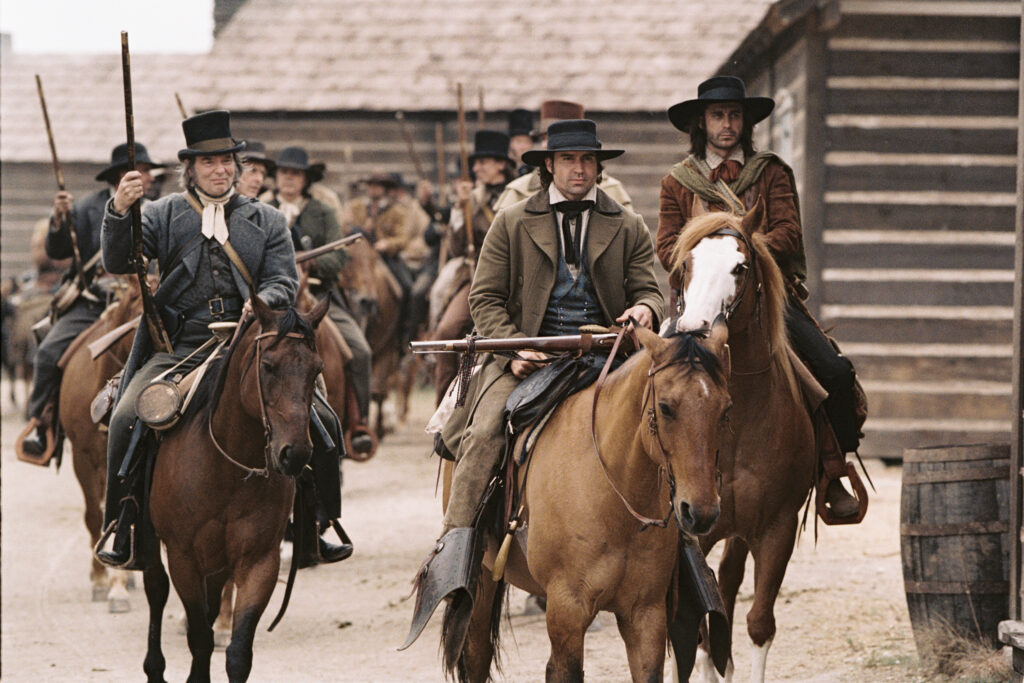
Unfortunately, the dedication to historical accuracy in the film took a toll on the film’s success, as it deviated from the common mythos surrounding the event.
While no film can capture every aspect of the Wild West with complete accuracy, these movies stand out for their commitment to historical research and attention to detail.
Whether exploring the lives of outlaws, lawmen, or ordinary settlers, these films offer compelling glimpses into the untamed frontier of America’s past that not only entertain but inform the viewer about the struggles and successes of American growth in the Wild West.

